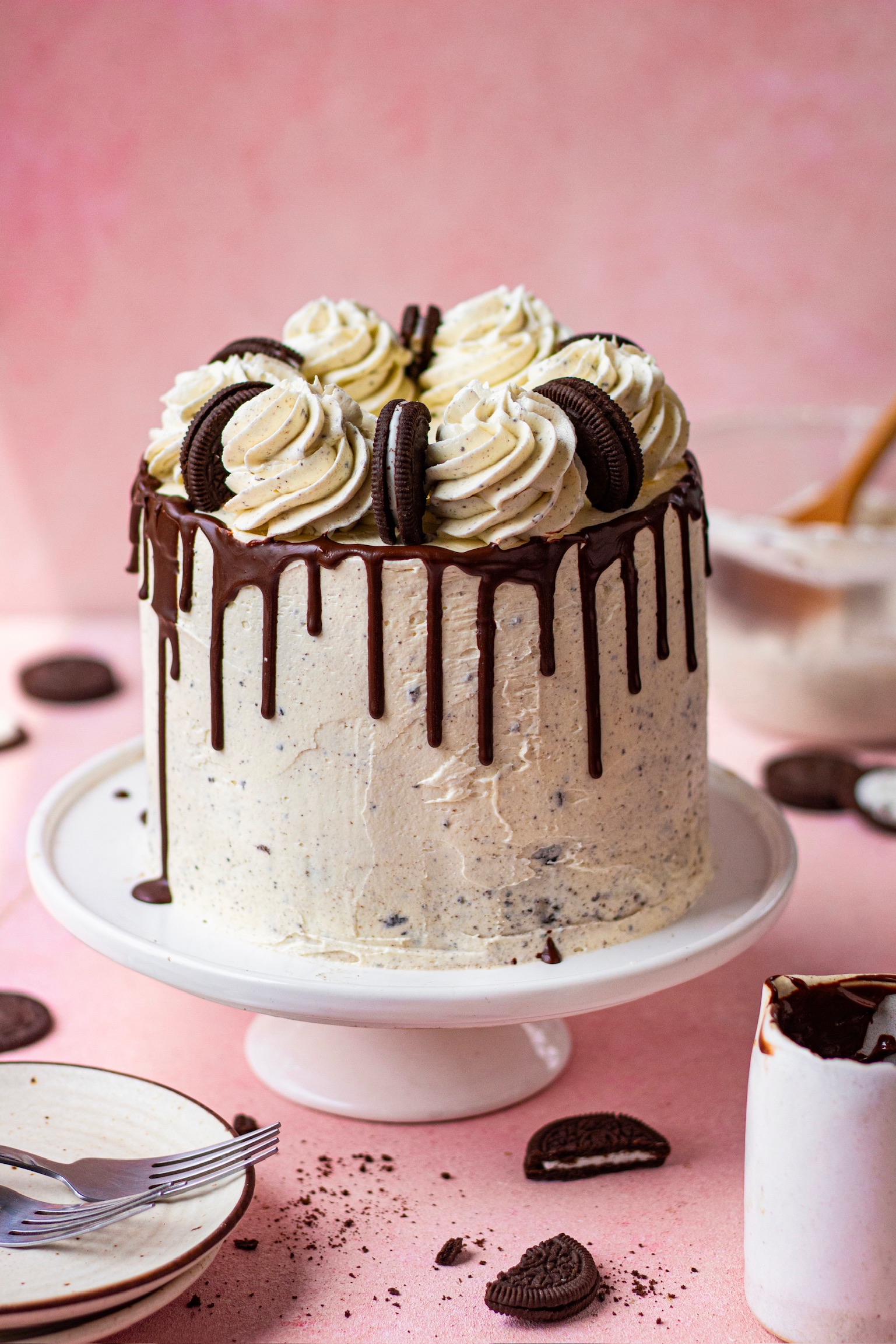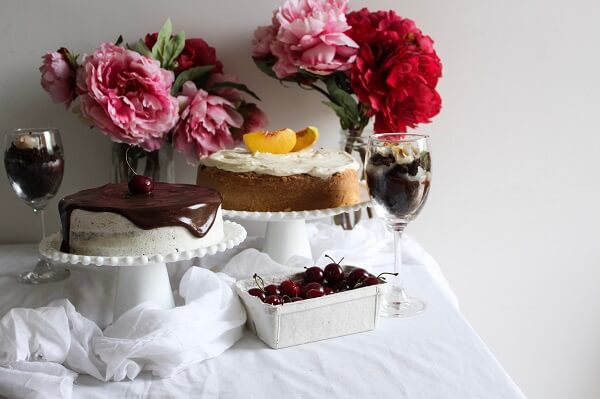Baking is both an art and a science. Among its many intricacies, fats play a pivotal role in defining the texture, flavor, and overall success of baked goods. Whether it’s butter, oil, shortening, or even lard, each fat type influences baking in its unique way.
Baking is more than just following a recipe—it’s a precise balance of ingredients, techniques, and chemistry. Among the ingredients that shape the success of a baked good, fats hold a special place. From the richness of butter in a decadent pound cake to the flakiness that lard brings to a pie crust, fats are the unsung heroes of texture, flavor, and structure in baking. But not all fats are created equal. Each type—be it butter, oil, shortening, or margarine—has unique properties that influence how your final product looks, tastes, and feels.
Understanding how different fats work is essential for any baker, whether you’re crafting a batch of cookies, a towering cake, or a tray of flaky pastries. In this blog, we’ll dive deep into the science of fats, unravel their distinct characteristics, and explore how their roles vary depending on the type of baked good. By mastering the interplay of fats, you’ll be better equipped to tweak recipes, troubleshoot issues, and take your baking to the next level.
Most common fats used in baking fall into one of two categories: solid fats and liquid fats. Solid fats include things like butter and shortening, while liquid fats are going to be your oils.
SOLID FATS
Solid fats are fats that are firm at room temperature. These include butter, shortening, lard, and margarine. Their unique ability to retain air when beaten makes them indispensable for certain baking techniques and textures.
BUTTER
Butter is about 80% fat, with the remaining percentage being water and milk solids. It has a low melting point, giving baked goods a melt-in-your-mouth texture. Butter adds a rich, creamy taste that elevates baked goods. It helps create tender textures in cakes and cookies. When creamed with sugar, butter traps air, leading to light and fluffy baked goods. Butter is best used in making cookies, tea cakes, croissants, pound cakes.
PERSIAN LOVE CAKE

CHOCOLATE COCONUT MADELEINES

WHOLE WHEAT DATES CAKE

SHORTENING
Shortening is a versatile fat widely used in baking, particularly valued for its ability to create tender, flaky, and stable baked goods. Shortening is a 100% fat product made from hydrogenated vegetable oils, such as soybean or palm oil. Unlike butter it contains no water or milk solids, making it entirely fat. It remains solid at room temperature and has a higher melting point than butter, which contributes to its reliability in baking.
Shortening doesn’t have the rich taste of butter, making it ideal for recipes where a neutral base is desired. Shortening holds its structure longer in the oven, reducing spread and maintaining the shape of baked goods. It may not have the flavor profile of butter, but its ability to create perfect textures makes it a staple for many bakers. Whether you’re aiming for a tender pie crust, stable cookies, or professional-looking frostings, shortening can help you achieve flawless results!
Shortening is 100% fat and often has a higher saturated fat content than butter. While butter also contains saturated fats, its overall nutritional profile and natural origin make it a more balanced choice in moderation.
LARD
Lard is a traditional cooking fat that has been used for centuries in baking and savory dishes. Derived from pig fat, lard is valued for its ability to create exceptionally tender and flaky baked goods. Lard is rendered pork fat, typically sourced from the back or belly of the pig. After rendering, it is purified to remove impurities and create a smooth, creamy texture.
Lard is nearly 100% fat, making it similar to shortening in its ability to create flaky and tender baked goods. High-quality leaf lard has little to no pork flavor, allowing it to be used in both sweet and savory recipes. Unlike butter, lard contains virtually no water, which reduces steam during baking and enhances texture.
Lard is high in monounsaturated fats (similar to olive oil), which are considered heart-healthy. It is high in saturated fats, which should be consumed in moderation. Being an animal product, it is unsuitable for vegetarian or vegan diets.
Lard is best used in making pie crusts, biscuits and tortillas.
LIQUID FATS
Liquid fats are fats that remain fluid at room temperature. These include oils such as vegetable oil, olive oil, and coconut oil (when melted). Unlike solid fats, liquid fats don’t trap air, so they are primarily used for moisture and tenderness. Baked goods made with liquid fats tend to be denser because they lack the aeration solid fats provide during creaming. This makes them ideal for moist cakes but less suitable for flaky pastries. Oils tend to extend the shelf life of baked goods by retaining moisture for longer periods compared to butter or shortening.
NEUTRAL OILS
Neutral oils, such as vegetable, sunflower, soybean, and canola oil, are staples in many kitchens and play an essential role in baking. Their mild flavour and versatility make them a go-to choice for a variety of recipes where the fat should enhance the texture and moisture without impacting the flavour. Neutral oils are fats derived from seeds or plants that have a mild or almost imperceptible taste. This characteristic allows them to blend seamlessly into baked goods, ensuring that the focus remains on the primary flavours of the recipe.
Here are some recipes from my recent book, “CHOCOLATE”, that use oil –
COOKIES AND CREAM CAKE

LAMINGTON CAKE

OLIVE OIL
Olive oil, a staple of Mediterranean cuisine, has found its way into the world of baking as a versatile and flavorful liquid fat. Known for its health benefits and distinct taste, olive oil is a fantastic alternative to butter or other neutral oils in certain baked goods. It not only enhances the texture and moisture of recipes but also adds a unique depth of flavor that can elevate simple bakes into gourmet creations.
The least processed, retaining a robust flavor and rich aroma. Ideal for recipes where its fruity, peppery, or earthy notes can shine, like olive oil cakes, savory breads, or cookies.
Olive oil is liquid at room temperature, making it excellent for creating moist and tender baked goods. It’s particularly effective in cakes and quick breads. Baked goods with olive oil are often denser than those made with butter or solid fats. Unlike many refined oils, extra virgin olive oil is minimally processed, retaining its natural nutrients. Supports heart health when used in moderation.
TIPS FOR CHOOSING THE RIGHT FAT
Selecting the right fat is crucial for achieving the desired texture, flavor, and appearance in your baked goods. Each type of fat brings unique qualities to the table, so understanding their properties and uses can make or break your recipe.
- For light and airy textures: Use butter or shortening, as their ability to cream with sugar incorporates air, making cakes and cookies soft and fluffy.
- For moist and tender baked goods: Opt for liquid fats like vegetable oil, olive oil, or melted coconut oil, which retain moisture better than solid fats.
- For flaky and crumbly textures: Use solid fats like butter, lard, or shortening, which create layers in pastries and pie crusts.
- Heart-Healthy Choices: Select fats like olive oil, avocado oil which are high in unsaturated fats and good for cardiovascular health.
- For cookies and biscuits use butter as it adds flavor and a soft texture, while a mix of butter and shortening ensures structure.
- For longer freshness: Liquid fats like oils help baked goods retain moisture better, extending shelf life.
How Fats Influence Baking Techniques
Fats play a crucial role in determining the texture, structure, flavor, and overall success of baked goods. Each technique in baking leverages the properties of fats in specific ways to achieve desired results.
Creaming Method
In this technique, fat is creamed with sugar to incorporate air into the mixture, creating a light and fluffy texture. The air pockets formed by creaming expand during baking, helping cakes and cookies rise. Butter works best due to its semi-solid state at room temperature, which traps air effectively.
Rubbin method
In this method, fat is rubbed into flour until the mixture resembles breadcrumbs. It’s commonly used for scones, shortcrust pastry, and some cookies to achieve a crumbly or short texture.
Melting Method
Liquid fats are mixed directly into the batter, often used in recipes for brownies, muffins, and dense cakes. This technique minimizes air incorporation, leading to a moist and tender crumb.
Frying in Baking
Used for frying doughnuts, beignets, or other fried pastries. The type of fat affects the crispness and flavor of the finished product, with neutral oils creating a lighter taste and lard adding richness.
Substitutions and Their Effects
Substituting fats in baking can significantly impact the flavor, texture, and structure of baked goods. For butter, alternatives like margarine provide a similar texture but lack its rich flavor, while coconut oil adds moisture and a subtle tropical note. Oil can be replaced with melted butter for richness or applesauce for a healthier, lower-fat option. Shortening can be swapped with butter for flavor or coconut oil for flakiness in pastries. Lard replacements include butter or shortening, balancing richness and texture. Healthier choices like avocado or Greek yogurt reduce fat while retaining moisture, and nut butters add depth to cookies and brownies. Vegan-friendly substitutes like coconut oil or vegan butter work well for plant-based baking. Always test substitutions in small batches, adjust liquids as needed, and consider how flavors complement the recipe to ensure the best results.
FOR MORE INDULGENT RECIPES, YOU CAN ALSO ORDER MY NEW BOOK “CHOCOLATE” NOW.


 Hello. I'm Shivesh Bhatia, a food blogger and food stylist from Delhi, India. Welcome to Bake With Shivesh, where I'll help you create magic in your kitchens with my simple recipes.
Hello. I'm Shivesh Bhatia, a food blogger and food stylist from Delhi, India. Welcome to Bake With Shivesh, where I'll help you create magic in your kitchens with my simple recipes.
Leave a Reply